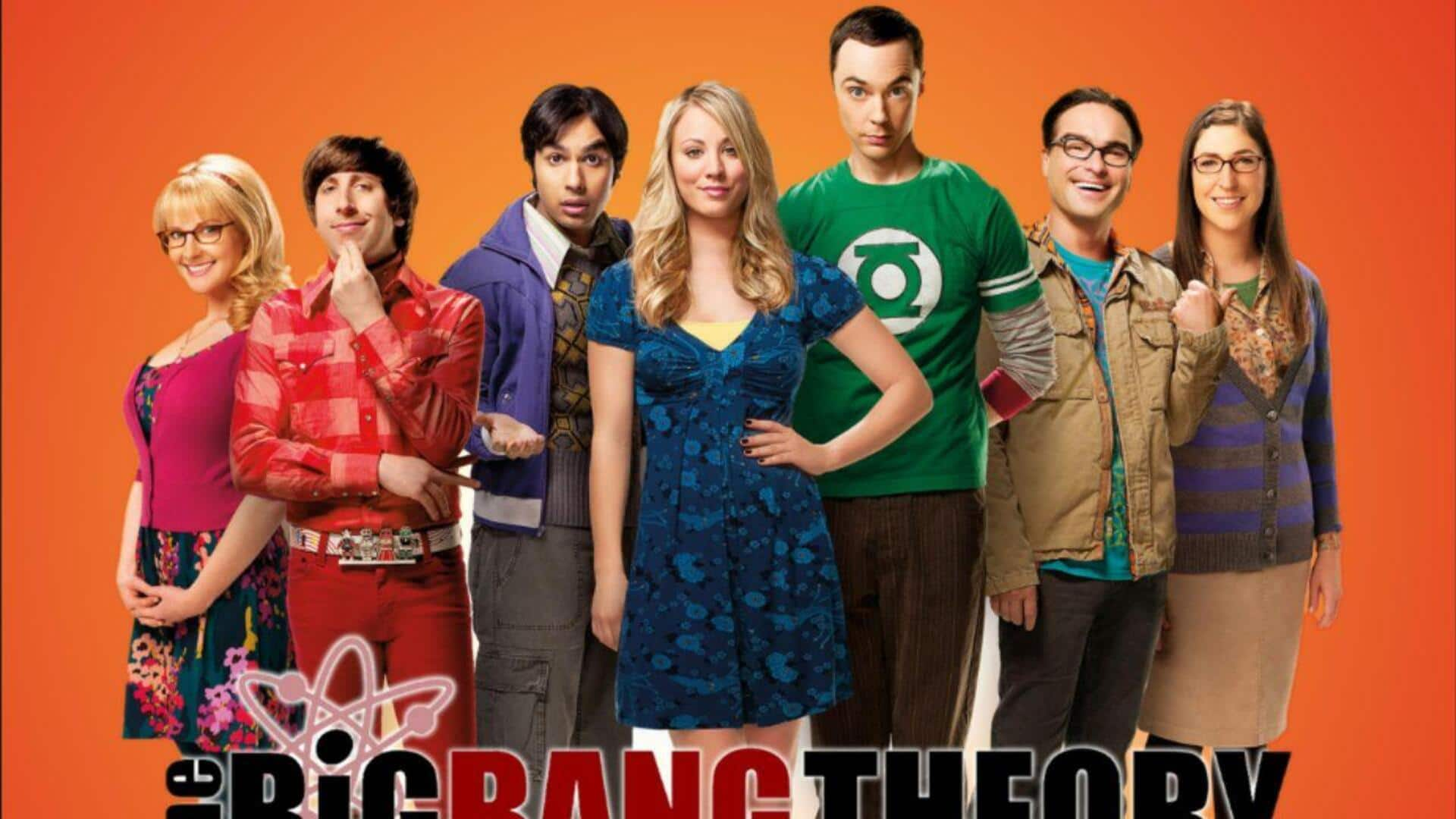
How 'The Big Bang Theory' nails academic rivalries with humor
What's the story
Though The Big Bang Theory is a comedy, it also provides a humorous yet insightful look into the world of academia. The show captures the spirit of academic rivalries through its characters and storylines. It showcases how competition among scholars can bring out innovation, lead to collaboration, and even get personal. By looking at these aspects, we can get a glimpse of what goes on in academia.
Drive 1
Competition drives innovation
In The Big Bang Theory, Sheldon Cooper and Leslie Winkle demonstrate how rivalry spurs excellence. Their competitive spirits lead to new theories or debunking of old ones, mirroring academia's reality. Here, competition breeds creativity and a desire to break new ground. The result? Major advancements are made as scholars try to outdo each other.
Drive 2
Collaboration amidst rivalry
Despite their differences, characters on The Big Bang Theory often work together on projects. This mirrors the reality that even in the face of rivalry, collaboration is key in academia. Researchers often team up with rivals to address complex issues that need a broad knowledge base. Such collaborations can yield groundbreaking discoveries that may not have been achieved through the efforts of one person alone.
Drive 3
Personal conflicts arise
The show also highlights how academic rivalries can get personal. Colleagues like Sheldon and Howard Wolowitz get into tension with their contrasting methods and personalities. In academia, such tension is a norm as people fight for recognition or resources. Knowing the dynamics makes it easier to appreciate the challenges of academics, other than research, for viewers.
Drive 4
Recognition fuels motivation
Recognition is the biggest motivator for academics on The Big Bang Theory. Characters look for validation in the form of awards or publications, which pushes them to outdo their competition. This is, of course, true in real-life academic circles where a pat on the back from peers or institutions proves to be the biggest motivation for researchers looking to do their best.